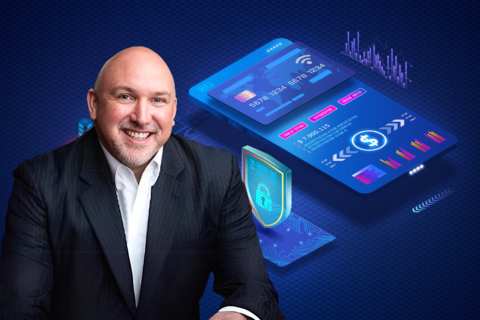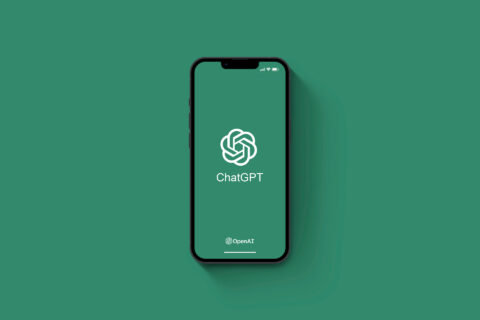Before you have your cup of coffee in the morning you might have already turned to your smartphone and accessed mobile apps to start your day.
Mobile apps are increasingly becoming a part of our lives. According to mobile analytics firm Flurry mobile use grew 58% in 2015.
Studies also confirm that “anywhere from 80 to 90 percent of all downloaded apps are used once and then eventually deleted by users. Talk about pressure for developers! This means, not only do they have to produce a bug-free app, but the app has to hook users immediately,” according to Digital Trends.
That means only one tenth of the app that gets installed have chance to stay on a user’s smartphone after installation. So, it is important for you to make sure your app has enough elements that keep users engaged and entice them to use it more than once.
Here are a look at five smart ways to keep customers addicted to your mobile app.
1. Develop an attractive user interface (UI)
User interface is the first thing that a user sees after downloading your app. If you offer simple and sleek design then users will keep coming back to your app. An app that is well-designed and structured for ease of use will help users navigate content quickly, it will also make lasting impression . Mobile app users are impatient and if your app requires too much work, or is too buggy, then they are highly unlikely to continue using it.
2. Create a customer loyalty program.
When it comes to mobile apps, give customers offers that they can’t refuse. Whether you offer free incentives with partner companies or reward points to refer a friend loyalty perks are a great way to increase user engagement.

3. Create mobile app only discounts.
Everyone loves discounts. E-commerce sites such as Amazon and eBay offer special discounts if you make purchases through mobile app. For example, Amazon has offered to give users and their friends $5 each for using the Amazon shopping app for the first time, for U.S. customers.
Meanwhile, mobile apps offer built-in features including subscribe and save, notifications or lightning deals and more. You can use this strategy so users will keep coming back to your mobile app to see if you have any special offers or discounts. Take advantage of push notifications when you offer new app-only incentives to let user know about it.
4. Tap into user psychology.
This taps into the psychology of every human being – people like to achieve things and they will happily share their achievements with their friends and social media peers.
This can really boost the addictiveness of your mobile app. Consider, slot machines for example. The Verge reports that “the modern casino typically earns 70 to 80 percent of its revenue from slots, a stratospheric rise from the 1970s when slots comprised 50 percent or less.” Much of this is due to the Skinner principle:
To keep players gambling, all slots rely on the same basic psychological principles discovered by B.F. Skinner in the 1960s. Skinner is famous for an experiment in which he put pigeons in a box that gave them a pellet of food when they pressed a lever. But when Skinner altered the box so that pellets came out on random presses — a system dubbed variable ratio enforcement — the pigeons pressed the lever more often. Thus was born the Skinner box, which Skinner himself likened to a slot machine.
The Skinner box works by blending tension and release — the absence of a pellet after the lever is pressed creates expectation that finds release via reward. Too little reward and the animal becomes frustrated and stops trying; too much and it won’t push the lever as often (The Verge).
In essence, your mobile app should function much like a slot machine – engineered for addiction.
5. Develop gamification elements.
Developing game-design elements and game principles in non-game contexts is a way to constantly engage users and increase time-spent on your mobile app.
Integrating game dynamics let user set goals and track progress for achieving them.When done well, “gamification in mobile apps appeals to human desires, such as reward, self-expression, achievement, competition, and status (Yalantis).”
“Gamifying a mobile app doesn’t turn it into a game, but can greatly enhance user experience, making your app more engaging. Engagement results in your app’s increased visibility, discoverability, growth in retention and revenue generation. Gamification is a powerful driver of your user desired behavior.”
This article has been edited and condensed.
Gaurav Kanabar is the Founder and CEO of Alphanso Tech, an India based IT Consulting company that provides software solutions. Connect with @alphansotech on Twitter.
© YFS Magazine. All Rights Reserved. Copying prohibited. All material is protected by U.S. and international copyright laws. Unauthorized reproduction or distribution of this material is prohibited. Sharing of this material under Attribution-NonCommercial-NoDerivatives 4.0 International terms, listed here, is permitted.













